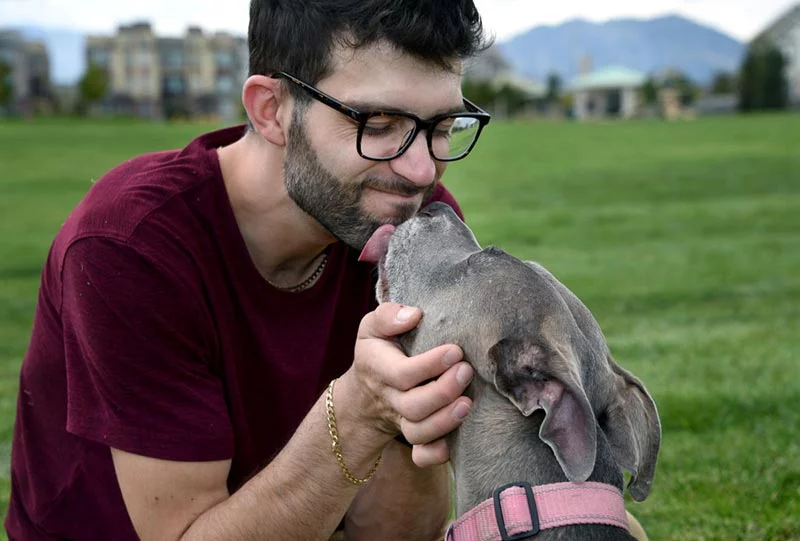
Martin Lesner had graduated from Colorado State University, was living in Fraser, and worked as an electrician in Granby. It was December 2018, and he was driving back from Granby on U.S. 40, his dog Teagan on the floor in front of the passenger seat.
Next thing he knew, he was no longer on U.S. 40, but rather in a field near the highway, smoke pouring from under his SUV’s crumpled hood, the Blue Nose Pitbull wide-eyed and quivering.
Lesner had suffered an epileptic seizure. The 25-year-old was diagnosed with epilepsy as a child growing up in Westminster after he sometimes blanked out for periods of two or three seconds. These are called absence seizures.
Lesner says it’s like being on a call and the line cuts out for a moment while the other person keeps talking. Except the break in the line happens to be in your brain.
There had been no obvious pattern to these absence seizures, only that they tended to happen more often when he wasn’t getting enough sleep or eating right or found himself in busy, noisy places.
“I would go to football games during college, and I would notice I had absence seizures during them,” he said.
The major seizure that caused Lesner’s 2018 accident seemed to trigger a new period in his life when he suffered many other similar events.
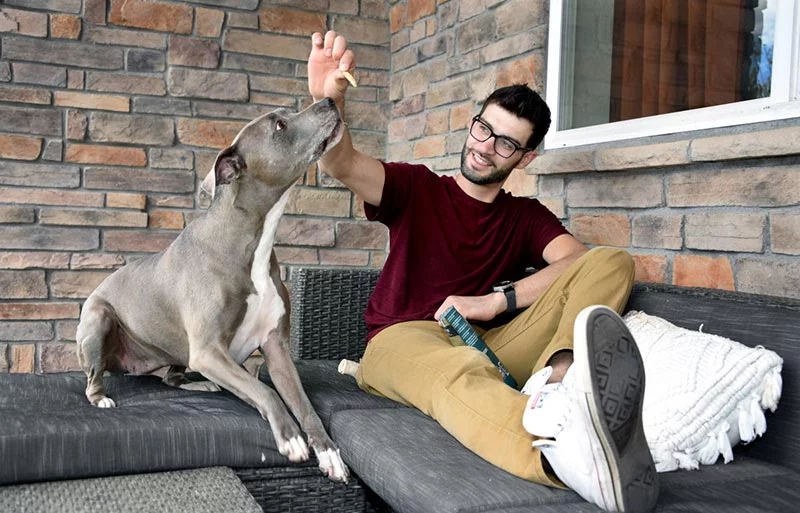
Generalized epilepsy diagnosis: Seeking the right antiseizure medications is challenging
Lesner had major seizures in bed, in the shower, wherever, without warning. He once regained consciousness in an ambulance with first responders asking him who the president is, what year it is, where he is. He had no idea.
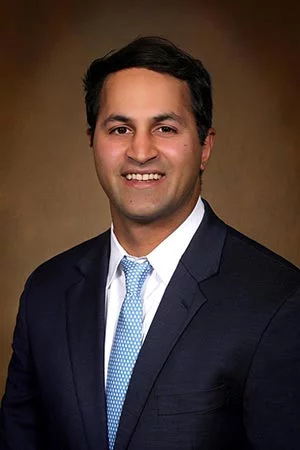
He might go six months without a seizure, then have four in a week. Driving was out of the question — too dangerous for himself and others. In late 2020, he had a seizure while walking down the stairs and dislocated and broke his right shoulder. He returned to the Front Range and closer to experts who could help him, including Dr. Naveed Chaudry.
Chaudhry is a neurologist who specializes in epilepsy care and leads the Epilepsy Monitoring Unit at the UCHealth Neurosciences Center – Anschutz Medical Campus. He had already diagnosed Lesner with generalized epilepsy, which affects about one-third of those with epilepsy. That’s when seizures start simultaneously on both sides of the brain, as opposed to one area of the brain with focal epilepsy.
Antiseizure medications are the first-line treatments for epilepsy. (They used to be called anti-epileptic drugs.) There are over 30 to choose from, Chaudhry said, and patients may need to take more than one to control their seizures. This was the case with Lesner, and during a two-plus-year period of trial and error, they arrived at a combination of antiseizure medications that seemed to help, if not completely stop, his seizures.
A psychological breakthrough at an Avs game
While a complete pharmacological breakthrough remained elusive, a Colorado Avalanche hockey game in March 2023 brought a psychological one. Lesner and his girlfriend got tickets 10 rows up in Ball Arena’s southwest corner. They agreed that, if the noise, the lights, and the throngs of humanity seemed to be pushing him toward a seizure, they would leave.
They didn’t have to leave, and his ability to stay put amid the boisterous crowd and all the controlled chaos of an NHL game gave him confidence that, if he could handle this, he could handle about anything.
“It really did feel like there was some sort of lid that was taken off,” Lesner said. “I felt limitless.”
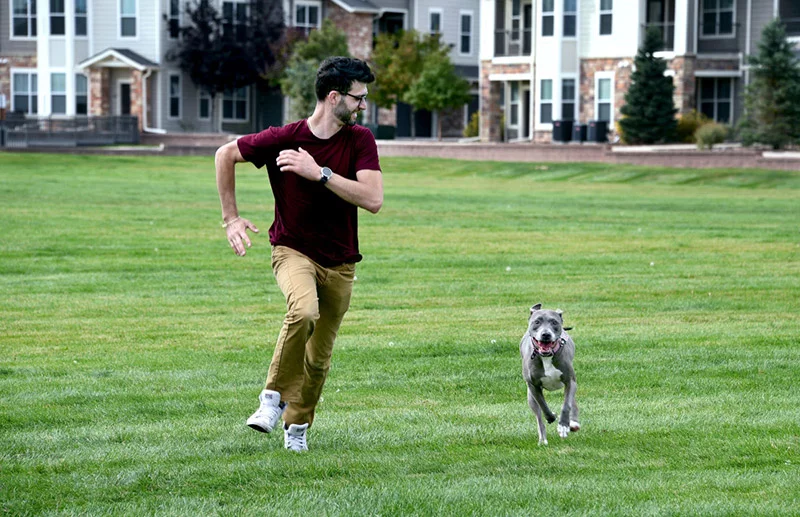
Still, Lesner, now 31, does face limits. He is among the roughly one-third of epilepsy patients for whom antiseizure medications fail to put a stop to seizures, said Chaudry, who is also an assistant professor at the University of Colorado School of Medicine on the Anschutz Medical Campus.
Lesner has tried a handful of medication combinations, and research shows that “once you’re on that third or fourth medication, the likelihood is low that the fifth, sixth, seventh or eighth is going to control your seizures,” as Chaudhry put it.
Implants can have a big impact for drug-resistant epilepsy patients
There are still options. In January, Lesner spent three days in the 10-bed Epilepsy Monitoring Unit at UCHealth University of Colorado Hospital. The unit lets epilepsy specialists monitor patients and their electroencephalograms, or EEGs, over time, in a safe environment.
The stay confirmed Lesner’s generalized epilepsy and the nature of his seizures. It also made clear that he could benefit from clinical trials of medical implants that research shows work better than vagal nerve stimulation, a decades-old approach that brings a roughly 30% to 50% reduction in seizures, Chaudhry said.
New implants include those for deep-brain stimulation (DBS) and responsive neurostimulation (RNS). They work by stimulating, via implanted electrodes, multiple regions of the brain. Currently, the RNS and DBS devices are FDA approved for focal epilepsy not controlled on two or more antiseizure medications. The RNS and DBS devices in generalized epilepsy are currently under further research and in clinical trials. The central median nucleus in the thalamus, a deep-brain structure that acts as a hub for relaying information in the brain, is the target for stimulation in generalized epilepsy. Chaudhry’s team at UCHealth can offer it to qualified patients with generalized epilepsy on a case-by-case basis or through a clinical trial, he says.
“We’ve seen really good success so far in those trials, so we’re offering that technology to our patients,” Chaudhry said. “Martin is definitely a candidate.”
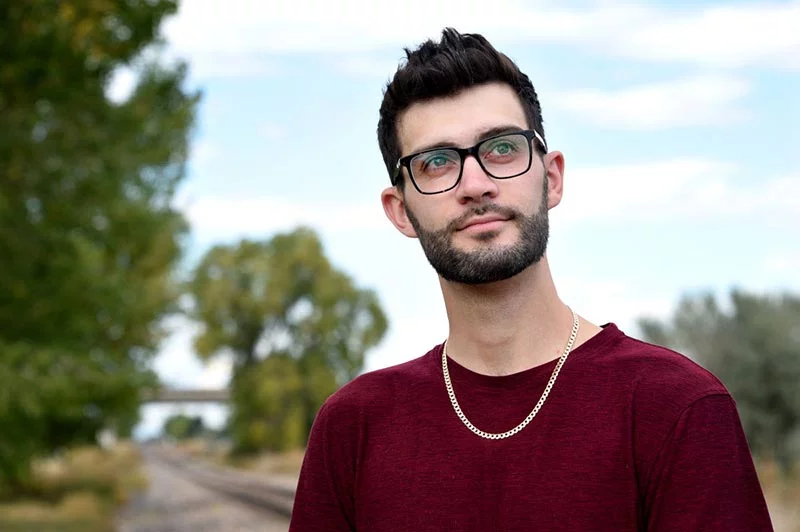
Whether to proceed with an implant or not will be Lesner’s call. In the meantime, he wants those with epilepsy — particularly young people who are feeling isolated with a life-altering condition and no idea where to turn — to know that help is out there, even for tough cases like his.
“It’s OK to ask for help. It’s not a sign of weakness, and you’re not alone. This is a good place to start,” he said. “UCHealth has taken all that off my shoulders. All I have to do is show up and tell them, ‘Hey, I’m hurting,’ and we focus on figuring out a solution.”
